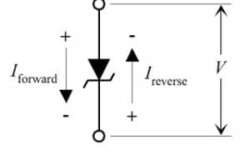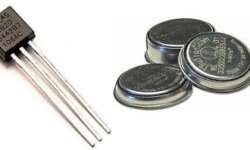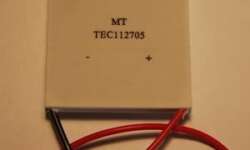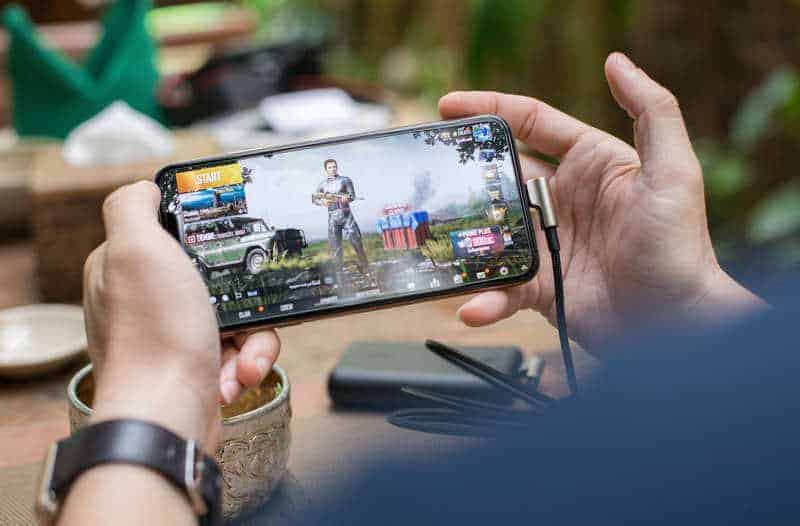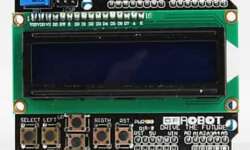Driving LED – things everyone needs to know
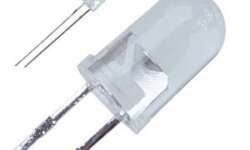
Light Emitting Diodes, more frequently known as LEDs, are semiconductor devices that convert electricity into light. It was hard to find a gadget or other device that doesn’t use LEDs. They are cheap, they are simple to use, and they are small. LEDs can emit different light colors depending on other chemical compound material in a semiconductor. LED symbol One and universal LED symbol is as standard diodes but with a couple of arrows indicating that it emits light:


